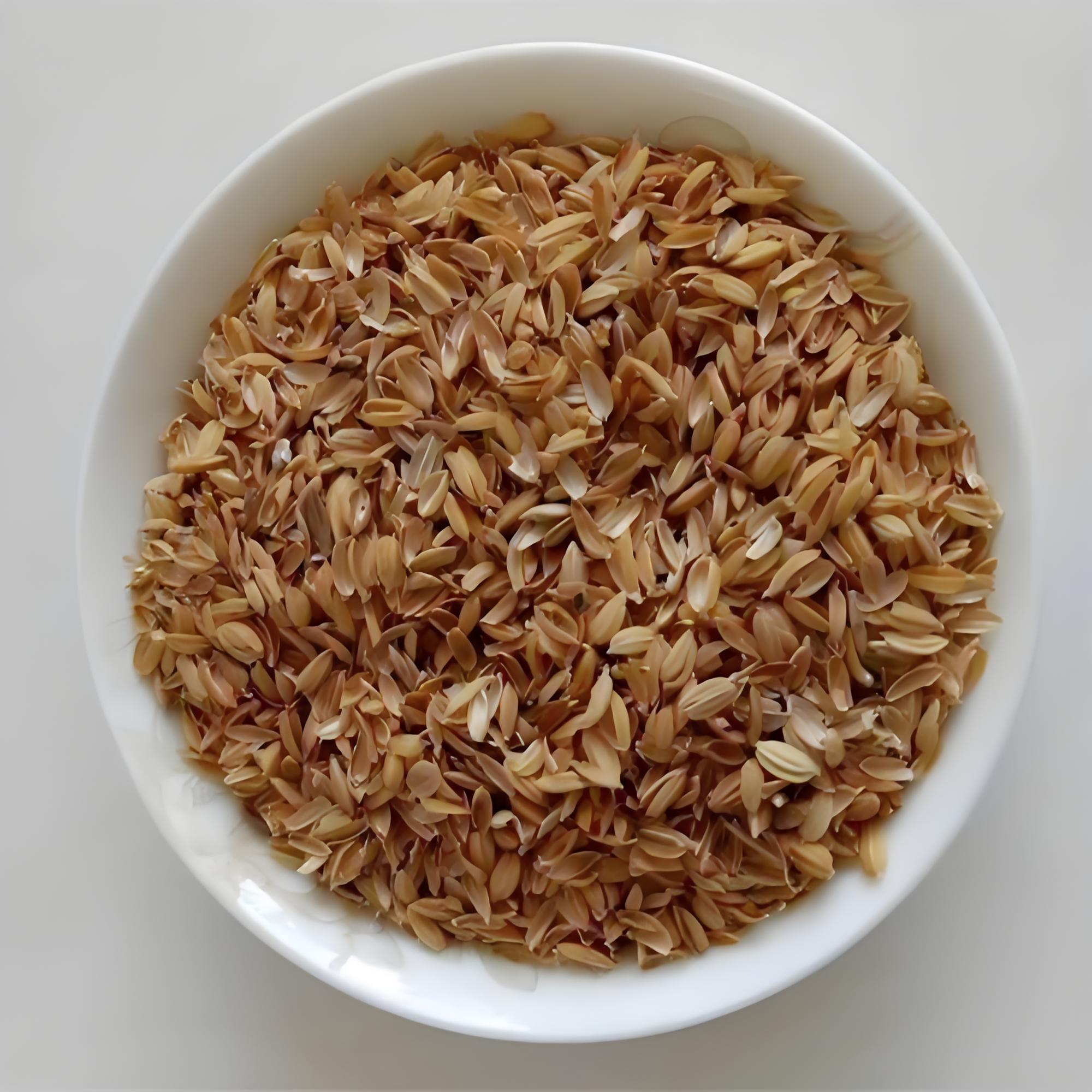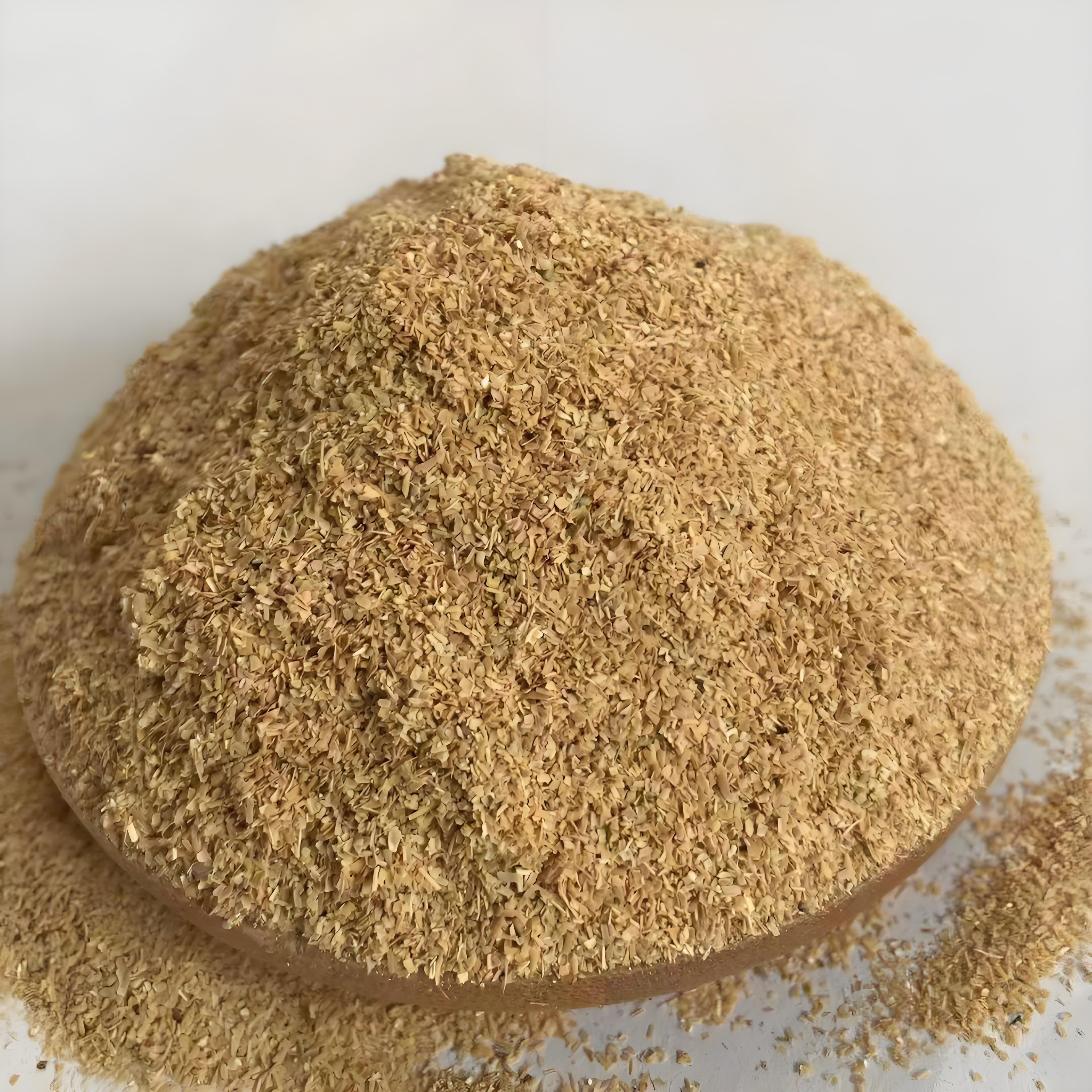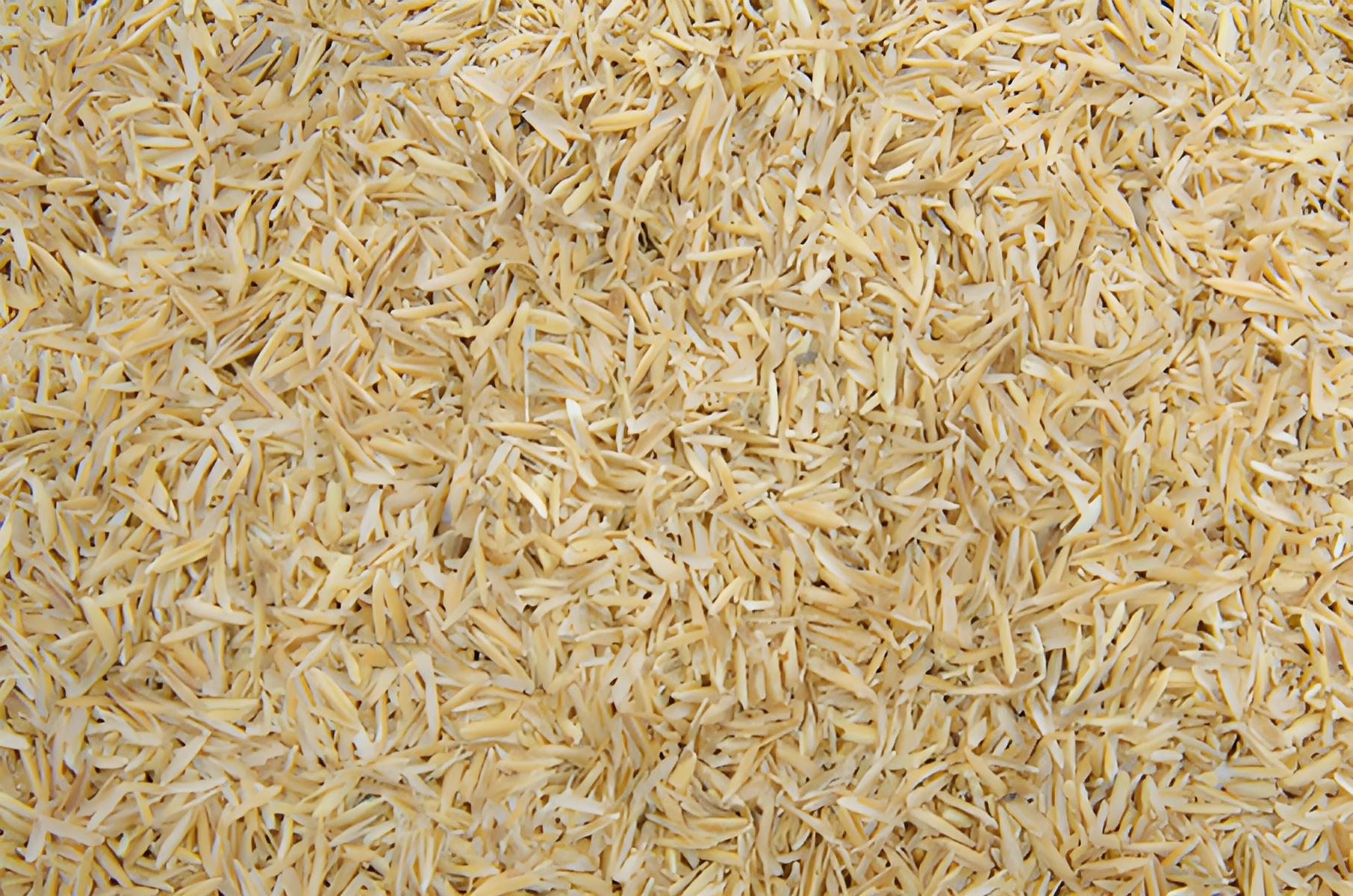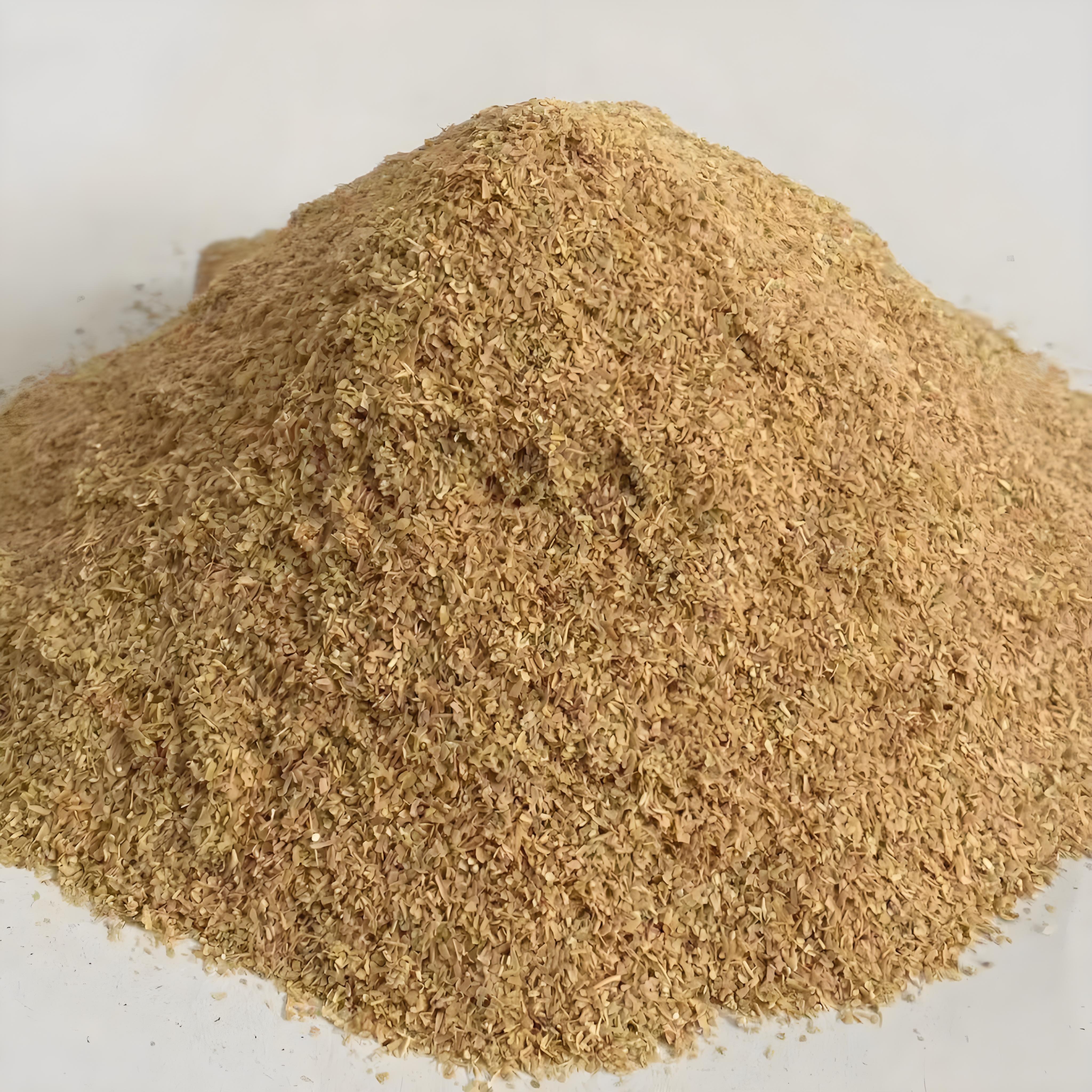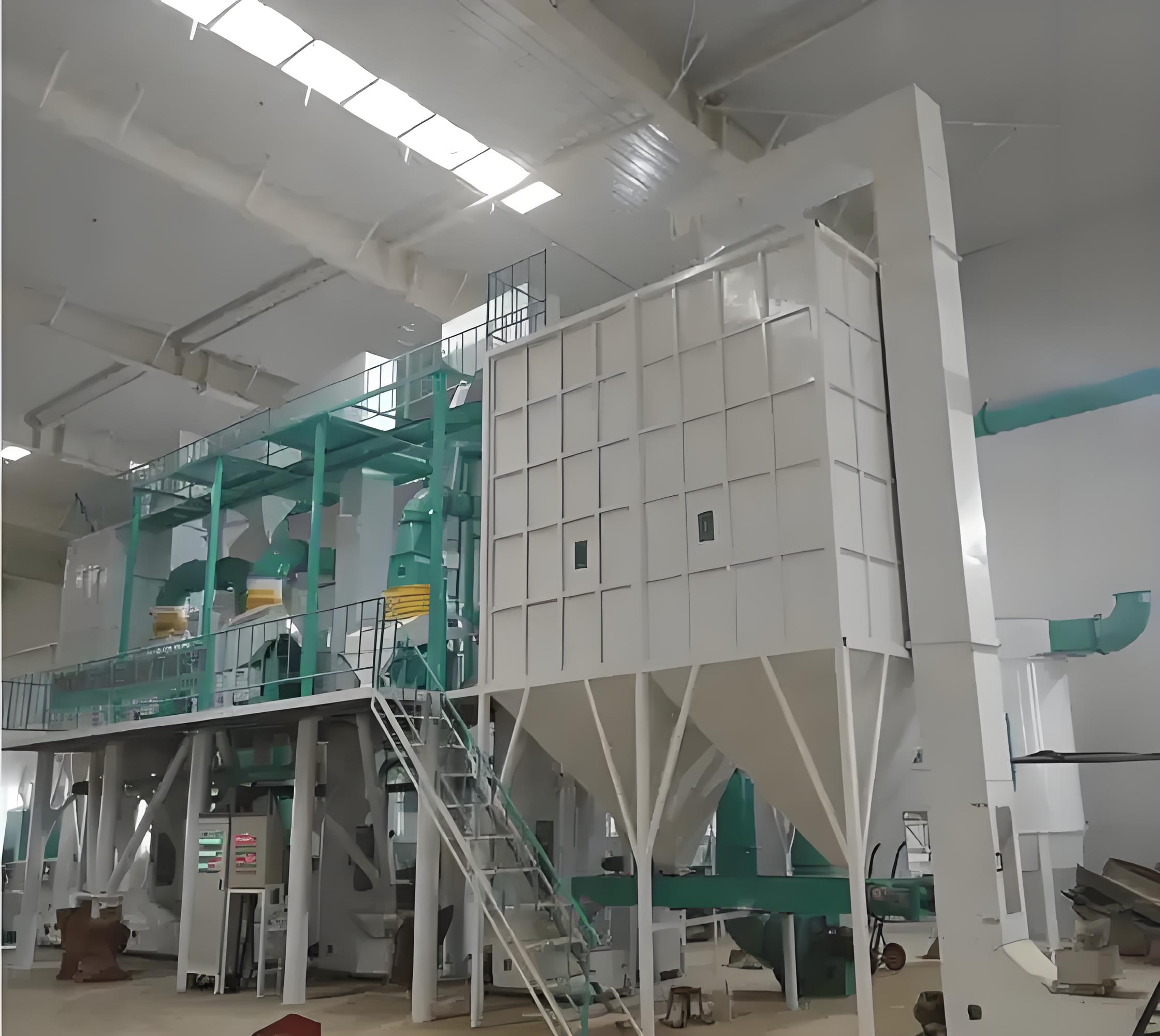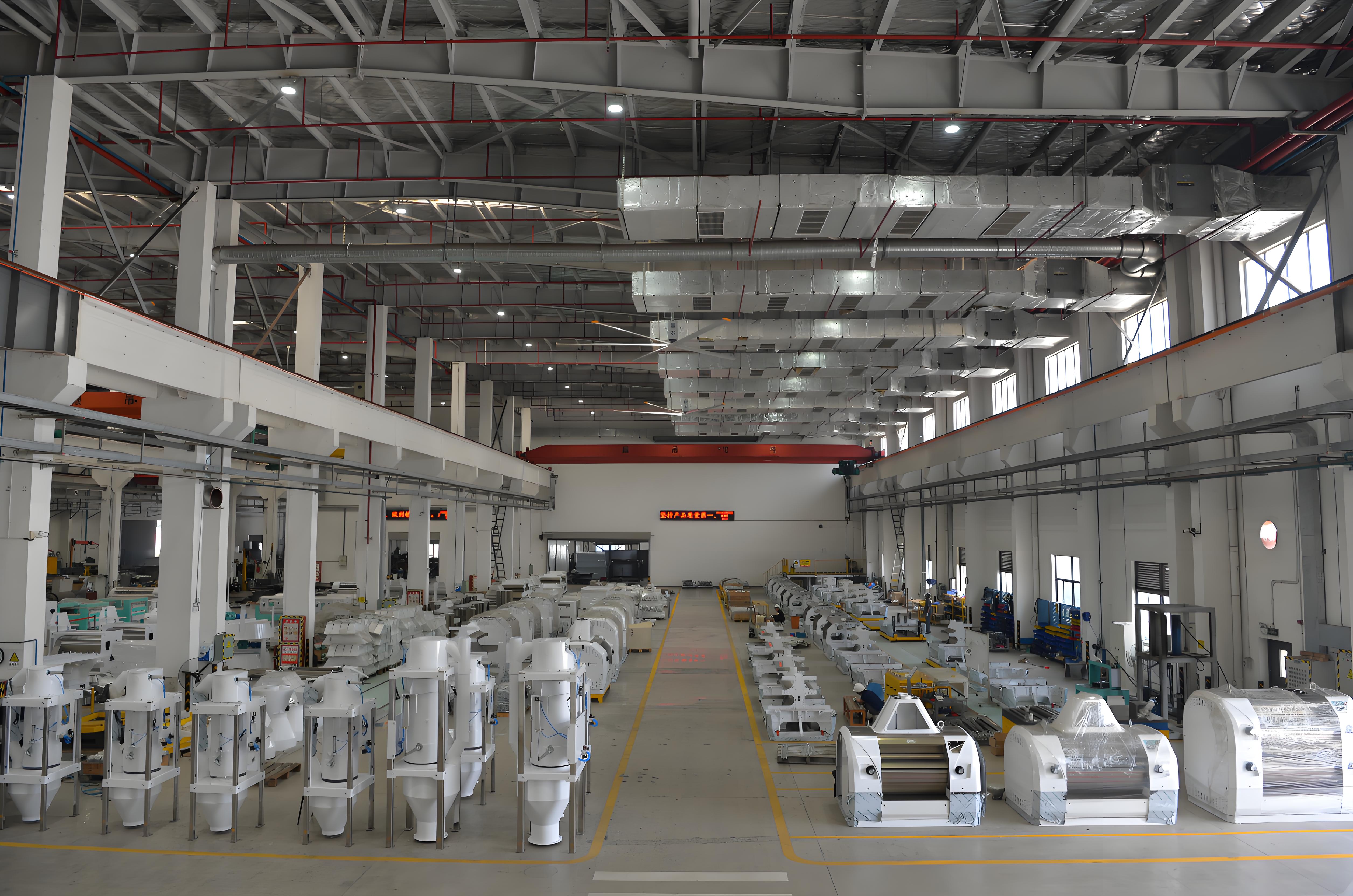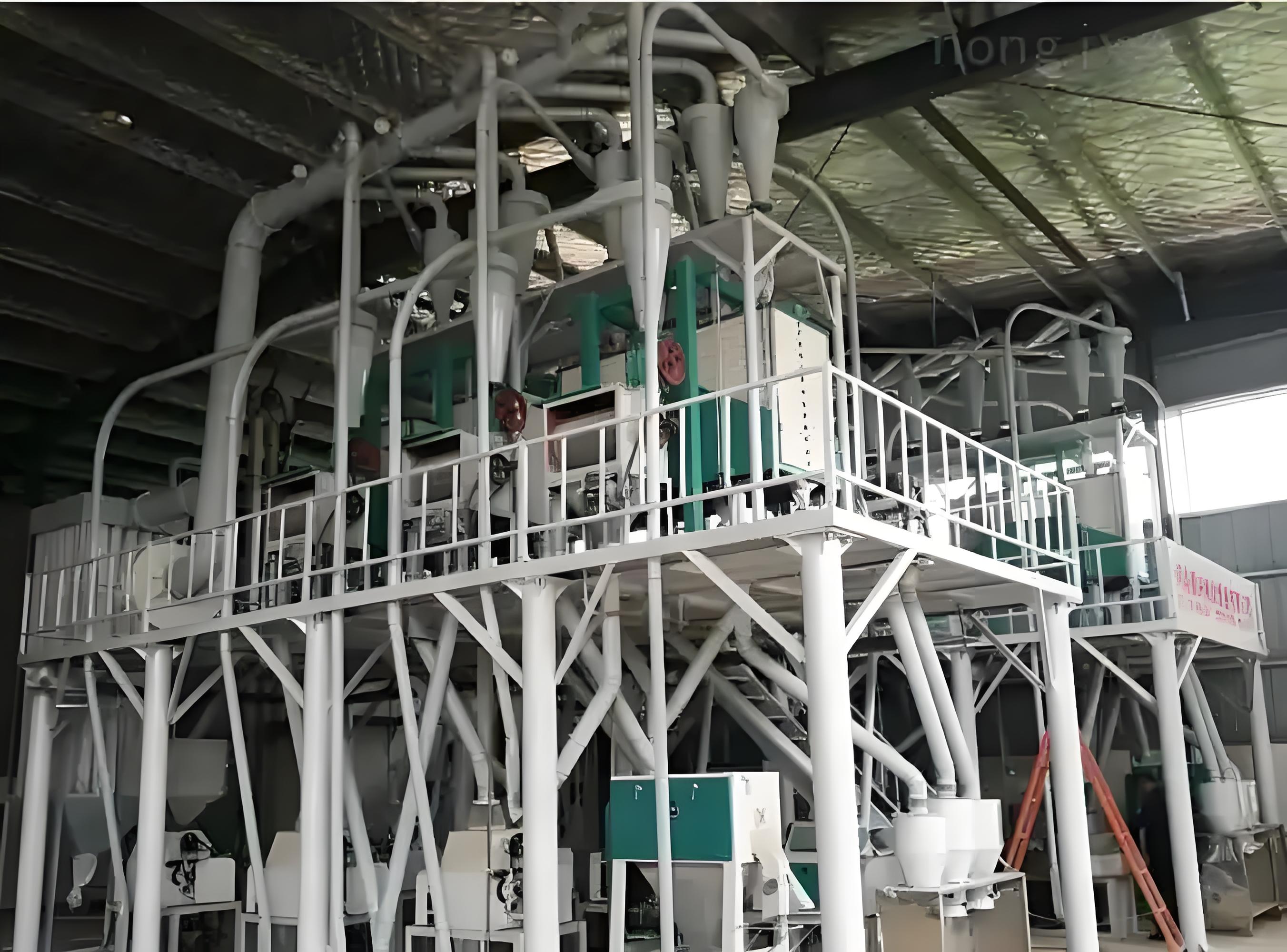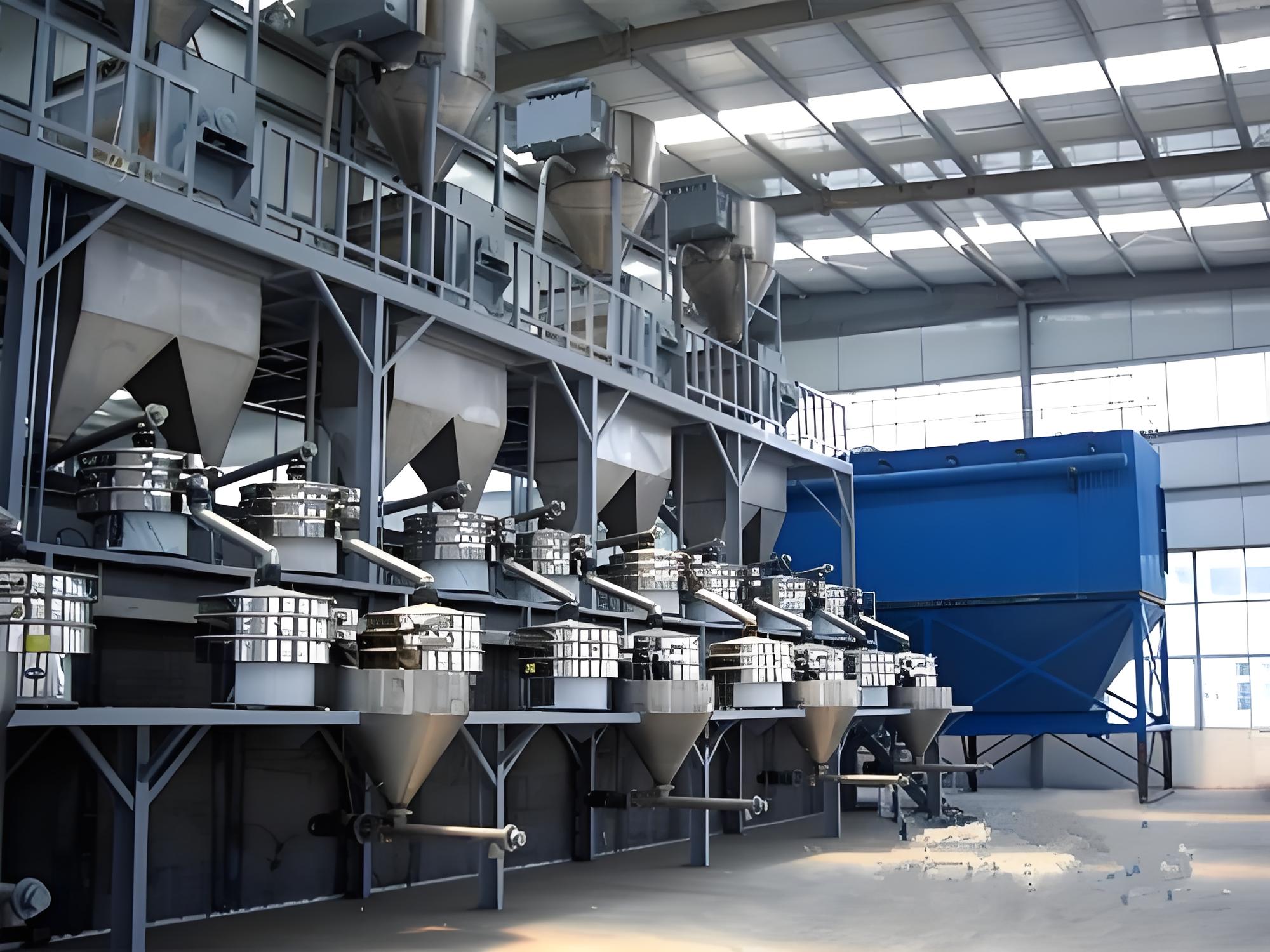Rice husk pneumatic conveying
Shandong Dongkai can provide turnkey projects such as process demonstration, design, equipment production, equipment installation, and system debugging for rice husk pneumatic conveying systems based on the actual production and on-site layout of rice husk materials.
Rice husk is the outer shell of rice. Can be used to make soy sauce, wine, and fuel. You can also grow shiitake mushrooms in bags.
The physical and chemical properties of rice husk: Rice husk is composed of several parts, including outer and inner glumes, protective glumes, and spikelet axis. The outer part of the outer glume is covered with hair resembling sideburns. Rice husks are composed of coarse, thick walled cells with a thickness of approximately 24-30 microns. Rice husks are rich in cellulose, lignin, and silica, with lower levels of fat and protein. Due to differences in rice varieties, regions, climates, and other factors, their chemical composition may vary.
characteristic:
Rice husks are composed of inner grains and larger outer grains. Rice husks are 5-10mm long, 2.5-5mm thick, and 23-30um thick, with colors such as rice yellow, golden yellow, yellow brown, and brownish red. The bulk density of rice husks is 96-160kg/m ³, and after being crushed, the bulk density can reach 384-400 kg/m ³.
The higher the silicon content in rice husks, the harder and more wear-resistant they are. The static angle of rice husk is 35 °. After crushing, the static angle of rice husk passing through a 50-160 mesh sieve is 43-45 °, and the static angle of rice husk passing through an 80 mesh sieve is 40 °.
The remaining rice husk ash after burning rice husks is generally 20% of the mass of rice husks. The main component of rice husk ash is silicon dioxide, with a content of up to 87% -97%. The bulk density of rice husk ash is 200-400kg/m ³, the relative density is 2.14, and the heat path coefficient is 0.062 (0.041 for crushed stone cotton, 0.030 for mineral wool, and 0.028 for cork). Rice husk ash has a large specific surface area, usually 50-60m ²/g, sometimes up to 100m ²/g.
Rice husk contains about 40% crude fiber (including lignin fiber and cellulose) and about 20% pentose sugar polymer (mainly hemicellulose). In addition, it contains about 20% ash and a small amount of organic compounds such as crude protein and crude fat.
